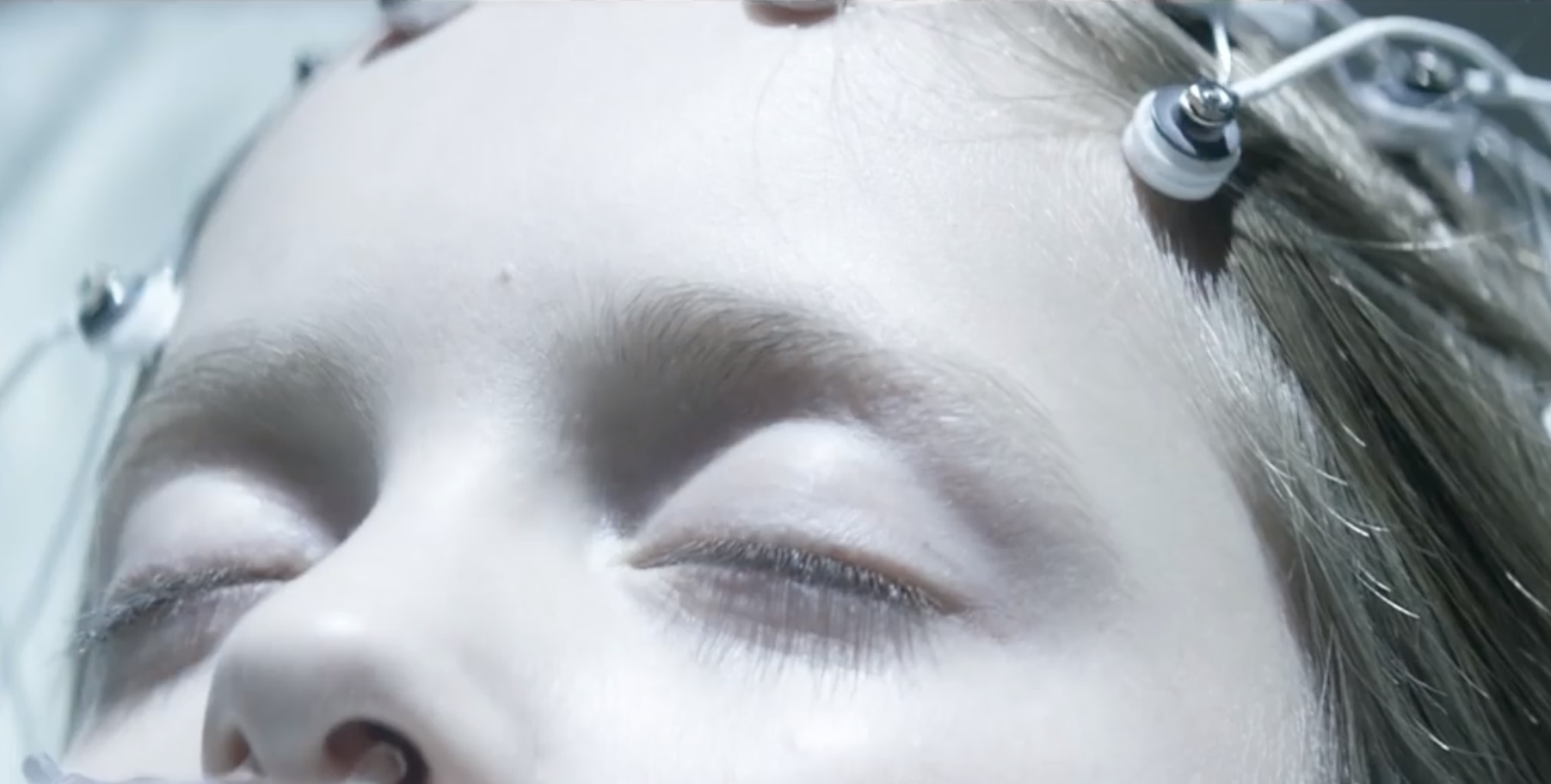Create a free profile to get unlimited access to exclusive videos, sweepstakes, and more!
Scientists are finally seeing what human consciousness looks like in the brain

Consciousness has always been a subject on the brains of sci-fi authors and filmmakers, but can we scientifically define it? We're closer than ever to figuring that out.
Demystifying what conscious experiences actually look like has eluded neuroscientists for so long because they are inaccessible to anyone but the person experiencing them. You may be watching the same episode of Black Mirror with friends, but you really have no idea whether it’s freaking them out unless they say so. We might have not reached that level yet, but a new study published in Science Advances is giving us a first glimpse at visuals that show how conscious someone actually is.
Neuroscientist Davinia Fernández-Espejo and her research team ventured to find out what was once in the realm of speculative fiction by using brain scans of patients who were either healthy and sedated, vegetative (awake but unresponsive), or minimally conscious.
Until now, if someone was unable to speak, it was impossible to know whether they are aware of anything at all unless a signal was elicited from them. Some people with considerable brain damage may be aware of certain stimuli but unable to respond. Others may only be able to perceive things but not experience them, and there is no way of knowing whether they are imagining giving a hand signal just by observation.
Remember the episode of Black Mirror where the subject of a study was hooked up to sensors and put through a harrowing dream that he was mentally trying to escape from, even though his body barely moved? The Twilight Zone and every iteration of Star Trek have often messed with our understanding of how aware the subject in question actually is. In the 2016 movie The 9th Life of Louis Drax, a comatose boy who nearly ended up in the morgue has intense visions that unravel his disturbing past.
How close are we to seeing consciousness? Find out what it looks like right here.
“We found two main patterns of communication across regions,” Fernández-Espejo explained to The Conversation. “One simply reflected physical connections of the brain, such as communication only between pairs of regions that have a direct physical link between them. This was seen in patients with virtually no conscious experience. One represented very complex brain-wide dynamic interactions…[and] was almost only present in people with some level of consciousness.
Anesthetized patients who were otherwise healthy did not show the most complex pattern, which Fernández-Espejo believes is a confirmation that her methods were exclusively detecting consciousness and not assessing levels of brain damage.
While further study will be needed to understand consciousness in even more depth, these findings are the portal to vast possibilities. Using non-invasive techniques such as transcranial electrical stimulation, it might eventually be possible to at least partially restore lost consciousness and even help some patients surface from a coma.
The results of this research could eventually lead to both medical and ethical breakthroughs regarding the consciousness of someone who is otherwise comatose — a real-life Louis Drax. Neural signatures can also help us understand states of altered consciousness such as that of Black Mirror’s lucid dreamer.
Are we starting to live in a sci-fi universe? That depends on your perception.
(via The Conversation)


























